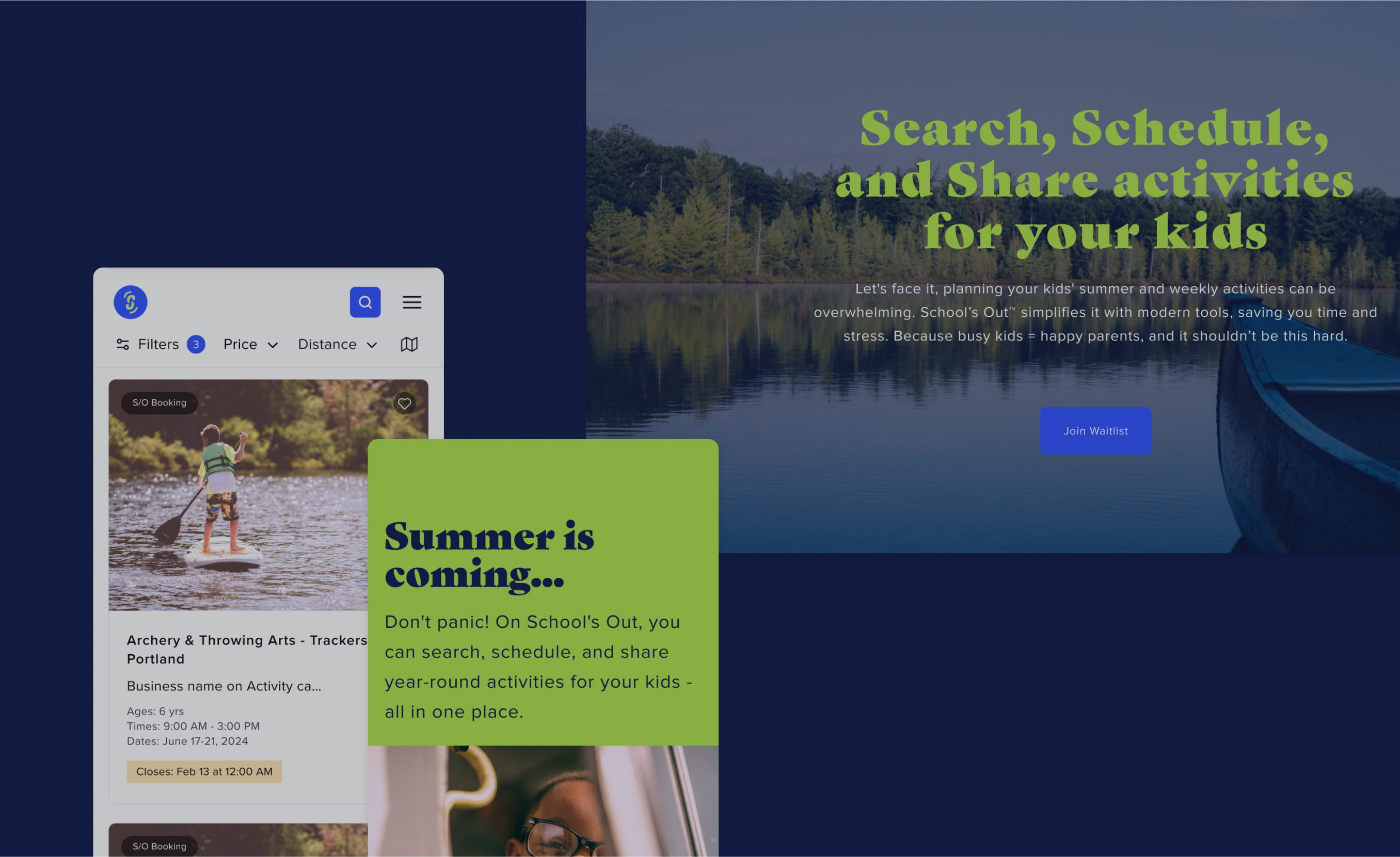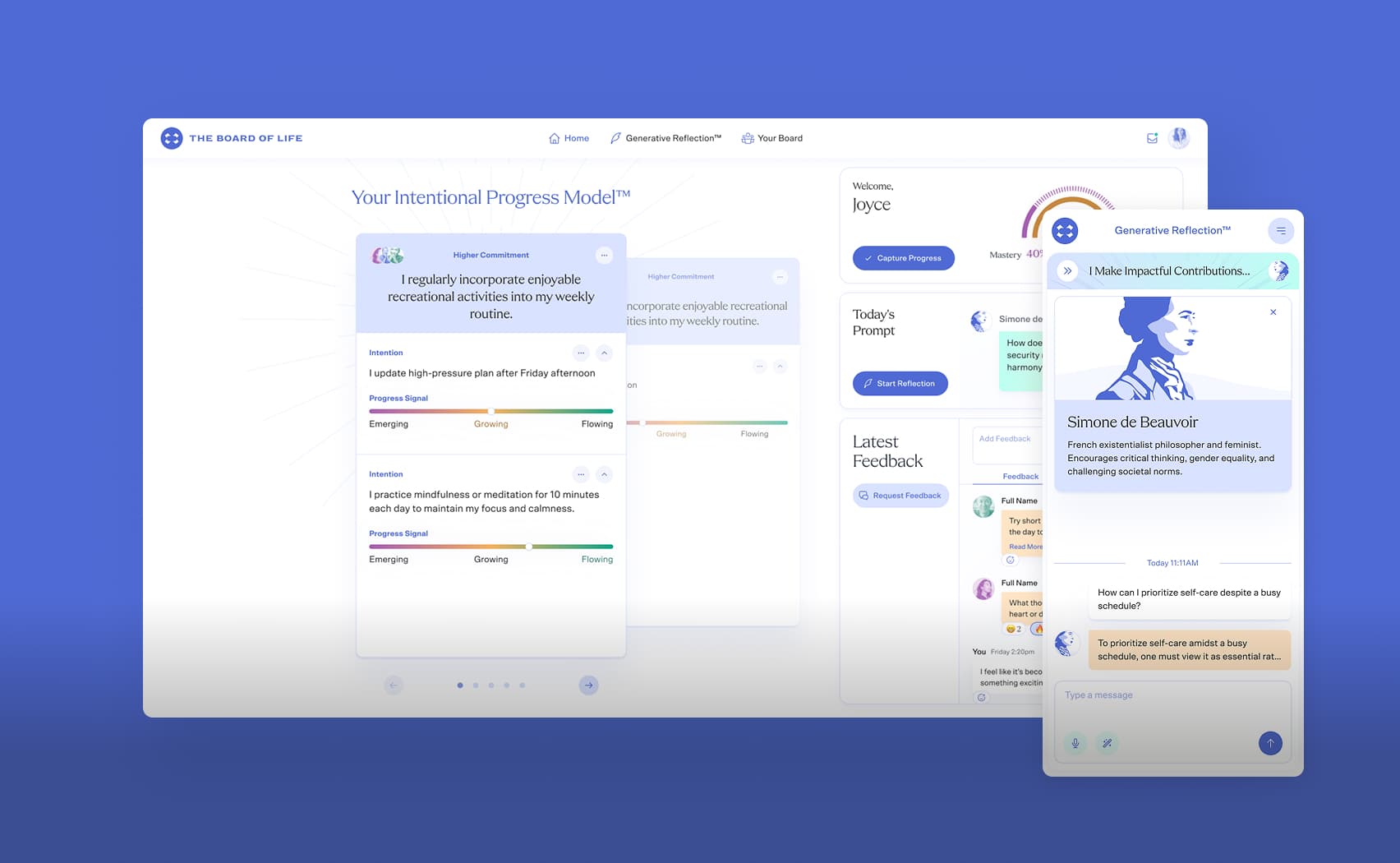What Is Vibe Coding
What is vibe coding? It is the next major shift in how modern software is created and maintained. Instead of relying solely on manual programming, developers now describe what they want in plain language, while artificial intelligence (AI) tools translate that intent into functioning code. This marks a transformation not only in how programs are written but in how creativity, speed, and precision coexist within development environments.
This article explains what vibe coding is, how it works, and which tools power it. You will learn about its benefits, challenges, and the emerging concept of VibeOps, where AI assistance extends into full software operations. The article also explores how we at JetRockets apply this emerging practice to deliver faster, more scalable results.
What Is Vibe Coding?
Vibe coding refers to the process of using large language models (LLMs) and AI-driven assistants to generate or complete code through natural language prompts.
Instead of writing each line manually, developers express intent, such as creating a dashboard or configuring an API, and the AI produces the initial implementation.
Instead of writing each line manually, developers express intent, such as creating a dashboard or configuring an API, and the AI produces the initial implementation.
The term gained attention in 2025 within the AI and developer community, reflecting how AI systems are reshaping traditional software practices. It promotes a “code first, refine later” approach that mirrors agile methodologies, prioritizing experimentation before optimization. The focus is on translating human ideas into machine-readable logic as efficiently as possible.
Long before AI tools began translating intent into code, Ruby on Rails pioneered the same philosophy in spirit. Rails popularized “convention over configuration” and developer happiness — ideas that encouraged developers to focus on what they wanted to build, not the boilerplate required to get there.
In many ways, Rails was the original vibe coding framework: opinionated, expressive, and fast to prototype. It abstracted repetitive setup and allowed developers to stay in creative flow — exactly what today’s AI assistants aim to replicate, only now with machine intelligence instead of smart conventions.
In many ways, Rails was the original vibe coding framework: opinionated, expressive, and fast to prototype. It abstracted repetitive setup and allowed developers to stay in creative flow — exactly what today’s AI assistants aim to replicate, only now with machine intelligence instead of smart conventions.
While AI manages the technical generation, human oversight remains essential. Developers must ensure logic accuracy, performance stability, and compliance with industry standards. This combination of automation and control creates a dynamic partnership between human creativity and machine intelligence.
Vibe coding also introduces a new kind of programming fluency. Developers who learn to communicate effectively with AI tools can rapidly translate ideas into functioning prototypes. The emphasis on natural language interaction reduces syntax barriers, making development accessible to more roles within a team. As organizations recognize this shift, the phrase what is vibe coding now represents not just a technical question but a broader discussion about how AI is changing the role of the developer itself.
On an enterprise level, vibe coding signals a move toward intent-based development strategies. Teams can distribute coding responsibilities across business and product functions while maintaining oversight. This democratization reduces dependencies on specialized staff for initial builds, freeing senior engineers to focus on architecture, optimization, and long-term scalability.
How Does Vibe Coding Work?
The workflow behind vibe coding consists of four primary stages:
- Prompting: The developer defines a goal using natural language, such as “Build a secure API that connects to an existing database.” (an oversimplified example, of course)
- Generation: The AI interprets the request and generates corresponding code or framework suggestions.
- Debugging: Developers test, review, and refine the AI’s output to ensure functional accuracy.
- Refinement: Through repetition, they adjust prompts or edit results until the code aligns with specifications.
Large language models power this process through predictive text generation. Trained on millions of code examples across various programming languages, these models identify statistical patterns to produce coherent and syntactically correct structures. This workflow allows developers to stay within their creative flow while reducing the manual burden of boilerplate code.
Enterprise adoption of vibe coding depends on secure integration. Many tools operate via APIs that send prompts and responses to cloud servers, introducing potential risks if not handled properly. At JetRockets, developers maintain strict adherence to security and code review protocols to ensure generated code meets industry standards for privacy, quality, and compliance.
Vibe coding also enhances agile and DevSecOps frameworks. The immediate feedback loop created by iterative prompting accelerates development velocity and reduces time spent on revisions.
Tools and Platforms for Vibe Coding
A growing ecosystem of AI-driven platforms enables vibe coding across different industries. Some of the most recognized tools include:
- GitHub Copilot, Cursor, Claude Code: Provide real-time code suggestions inside integrated development environments and offers context-aware assistance for debugging and architectural design.
- Replit Ghostwriter: Focuses on collaborative prototyping within cloud-based workspaces.
- Codeium and Qodo: Provide accessible AI generation tools compatible with multiple languages.
These tools function through secure cloud connections that interpret prompts and return generated code. However, every request potentially exposes contextual information, making governance and data protection essential. Developers should understand where their prompts are processed and ensure adherence to internal compliance frameworks.
Platform design varies widely. Some store limited context to improve future predictions, while others enforce strict data isolation. JetRockets’ engineers evaluate these systems carefully to select those that complement each project’s technical stack while maintaining high standards of data integrity. Every AI-generated output is reviewed through automated testing, peer review, and internal QA checkpoints before integration into production.
Future AI coding platforms are expected to integrate adaptive memory systems capable of retaining project context securely within controlled environments. This evolution will streamline longer projects that require iterative interaction without repetitive prompting. As organizations learn what vibe coding is and how it fits within enterprise architecture, interoperability between AI tools and traditional frameworks will become essential for efficiency and scalability.
Benefits of Vibe Coding
Vibe coding offers clear operational and strategic advantages for organizations aiming to accelerate digital transformation.
Increased Productivity
AI automates repetitive or standardized coding tasks, allowing developers to focus on system logic and creative problem-solving. This shortens delivery timelines and improves project throughput by removing bottlenecks in early-stage development.
Instead of spending hours writing boilerplate code or reconfiguring common frameworks, teams can redirect their attention to designing architectures, refining user experiences, and optimizing performance.
Instead of spending hours writing boilerplate code or reconfiguring common frameworks, teams can redirect their attention to designing architectures, refining user experiences, and optimizing performance.
Faster Prototyping
Teams can generate functional prototypes in hours instead of days. This speed supports agile experimentation, enabling organizations to validate business concepts before investing significant resources.
Enhanced Creativity and Accessibility
By bridging human intention and machine execution, vibe coding enables professionals outside engineering, such as analysts or designers, to participate in early development stages. This collaboration fosters more user-centered solutions.
Improved Collaboration
Shared AI tools encourage transparency. Developers and stakeholders can co-create prompts and review generated outputs, creating alignment early in the process. This shared visibility ensures that every team member, from product managers to QA engineers, understands how specific decisions translate into code.
By documenting each prompt and response, AI-assisted workflows also create traceable communication records that make collaboration more structured and verifiable. As a result, teams spend less time interpreting requirements and more time refining solutions that meet both technical and business goals.
Cost and Resource Efficiency
Organizations reduce development overhead by automating initial code generation, redirecting human effort toward high-impact innovation and optimization.
In that sense, vibe coding doesn’t replace the principles that made frameworks like Ruby on Rails revolutionary but extends them. Rails taught a generation of developers to “think in outcomes,” not syntax. AI-driven coding now scales that mindset, letting engineers move even faster from idea to implementation while still applying the same discipline, testing, and architectural thinking that Rails has always championed.
Limitations and Challenges
Although vibe coding presents substantial benefits, it also introduces technical, legal, and governance challenges that enterprises must manage carefully.
- Technical Limitations: AI-generated code may perform correctly but lack optimization or scalability. Without human refinement, such code might not meet enterprise-grade standards.
- Debugging Complexity: Since AI-generated logic often follows unfamiliar patterns, identifying and correcting errors can require additional time and testing.
- Security Risks: If AI models rely on external servers, sensitive code fragments or proprietary data could inadvertently be exposed.
- Compliance and Oversight: Industries governed by strict frameworks like HIPAA or FedRAMP require traceability of all generated output.
- Ethical and Legal Considerations: Licensing and authorship concerns arise when AI reproduces or modifies open-source code.
Another emerging challenge is prompt confidentiality. Since prompts may include context about internal systems or architecture, they can represent a sensitive information layer. JetRockets addresses this by limiting AI access to controlled development environments and enforcing strict version control to prevent data exposure.
Strategically, organizations adopting vibe coding must also consider talent readiness. Teams need upskilling in prompt design, AI governance, and security awareness. Understanding vibe coding means recognizing that it requires as much human training as technical adoption. Clear governance frameworks and continuous auditing ensure the benefits of AI automation do not outpace accountability or compliance standards.
Conclusion
Vibe coding marks a defining moment in the evolution of software engineering. It combines AI-generated efficiency with human creativity to accelerate innovation, improve collaboration, and expand access to software creation. Yet the same technologies that enable this freedom also demand accountability, compliance, and secure environments.
At JetRockets, we see vibe coding as the next logical chapter in the story Ruby on Rails started two decades ago — empowering developers to turn intent into impact faster than ever, without sacrificing clarity, quality, or control.



